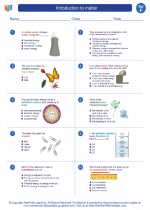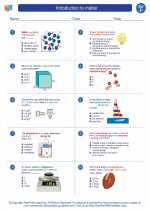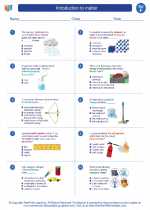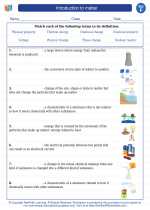Flowers
Flowers are the reproductive structures found in flowering plants (angiosperms). They are essential for the plant's reproduction and come in various shapes, sizes, and colors. Flowers are responsible for the formation of seeds and fruit, making them crucial for the survival and propagation of plant species.
Structure of a Flower
A typical flower consists of several parts, each with a specific function:
- Petal: The colorful and often fragrant part of the flower that attracts pollinators.
- Sepal: The outermost part of the flower that protects the developing bud.
- Stamen: The male reproductive organ of the flower, consisting of the anther and filament.
- Carpel: The female reproductive organ of the flower, consisting of the stigma, style, and ovary.
Reproduction in Flowers
Flowers have evolved various mechanisms for reproduction, primarily through the process of pollination and fertilization:
- Pollination: The transfer of pollen from the anther of a stamen to the stigma of a carpel. This can occur through wind, insects, birds, or other animals.
- Fertilization: Once the pollen reaches the stigma, it travels down the style to the ovary, where it fertilizes the ovules, leading to the formation of seeds.
Study Guide
To understand the topic of flowers thoroughly, consider the following study guide:
- What are the main parts of a flower and their functions?
- Describe the process of pollination and its significance in flower reproduction.
- Explain the role of each floral organ (petal, sepal, stamen, carpel) in the reproduction of the flower.
- Discuss the importance of flowers in the life cycle of a plant and the ecosystem.
- Research and illustrate different methods of pollination and their impact on plant diversity.
Understanding the structure and function of flowers is crucial for comprehending the life cycle and reproductive strategies of plants. It also highlights the interconnectedness of plants with their environment and the diverse mechanisms for ensuring successful reproduction.
[Flowers] Related Worksheets and Study Guides:
.◂Science Worksheets and Study Guides Sixth Grade. Introduction to matter

 Worksheet/Answer key
Worksheet/Answer key
 Worksheet/Answer key
Worksheet/Answer key
 Worksheet/Answer key
Worksheet/Answer key
 Vocabulary/Answer key
Vocabulary/Answer key
 Vocabulary/Answer key
Vocabulary/Answer key
